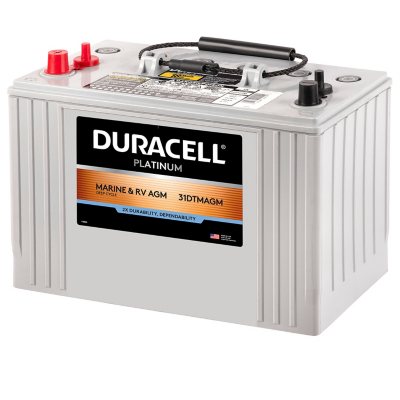- Joined
- Mar 15, 2018
- Messages
- 10
- Reaction score
- 1
- Points
- 3
With today's power hungry electronics, what gauge wire should be bringing power to the helm?
I have a 2008 282 Sailfish, which has a 12 AWG main cable bringing power to the helm from the battery switch. I'm getting the feeling that its not enough, I estimate I am using at least 16 amps with everything running and the wire is rated for 20 amps. It seems that when there is a spike in usage that the electronics are not getting enough juice.
I have the following 2014 electronics and estimate the amount of amps are:
1) Radar: Raymarine RD424HD Color (5 amps transmitting)
2) Raymarine e95 MFD (1.3 amps)
3) Fusion Stereo MS-RA70 (I believe 3 amps, but its tough to say. Info is scarce. However, I do have a separate amplifier that powers the speakers and is wired independently to the battery switch, so I don't think the stereo draws too much power)
4) Furuno FCV-588 Fishfinder w/ 1kw transducer (1.5 amps, I think)
5) Raymarine Autopilot w/hydraulic pump (estimate 5 amps with pump running)
6) Sirius XM module (amps?)
7) ICOM M330 VHF ( 1 amp receive, 5 amps transmit)
My fishfinder seems to constantly give me a low voltage alarm if I'm not running the engine, even though its getting 12 volts at the wire harness connection when on battery only. The unit is only 1 year old, but the transducer is a 2014. Connections are good.
Batteries are 3 group 31 AGMs.
Thanks for your input.
I have a 2008 282 Sailfish, which has a 12 AWG main cable bringing power to the helm from the battery switch. I'm getting the feeling that its not enough, I estimate I am using at least 16 amps with everything running and the wire is rated for 20 amps. It seems that when there is a spike in usage that the electronics are not getting enough juice.
I have the following 2014 electronics and estimate the amount of amps are:
1) Radar: Raymarine RD424HD Color (5 amps transmitting)
2) Raymarine e95 MFD (1.3 amps)
3) Fusion Stereo MS-RA70 (I believe 3 amps, but its tough to say. Info is scarce. However, I do have a separate amplifier that powers the speakers and is wired independently to the battery switch, so I don't think the stereo draws too much power)
4) Furuno FCV-588 Fishfinder w/ 1kw transducer (1.5 amps, I think)
5) Raymarine Autopilot w/hydraulic pump (estimate 5 amps with pump running)
6) Sirius XM module (amps?)
7) ICOM M330 VHF ( 1 amp receive, 5 amps transmit)
My fishfinder seems to constantly give me a low voltage alarm if I'm not running the engine, even though its getting 12 volts at the wire harness connection when on battery only. The unit is only 1 year old, but the transducer is a 2014. Connections are good.
Batteries are 3 group 31 AGMs.
Thanks for your input.


